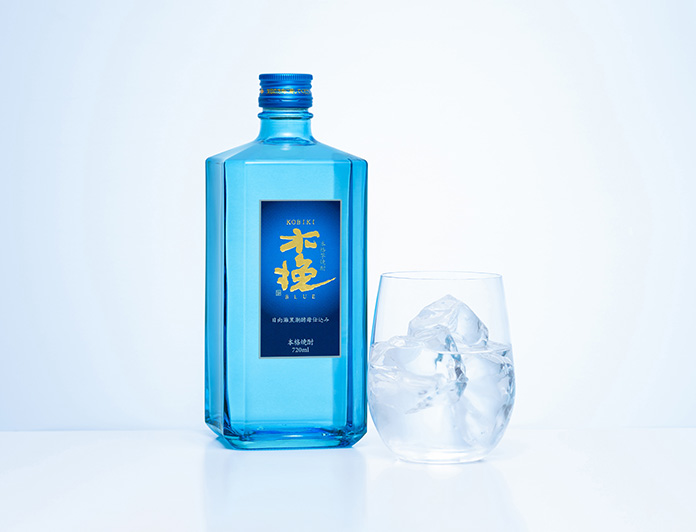Miyazaki Authentic Shochu (Miyazaki Prefecture)

(Miyazaki Prefecture)
Here is a detailed explanation of Miyazaki's authentic shochu, from its characteristics to modern developments.
Miyazaki Prefecture's authentic shochu has developed uniquely by utilizing diverse ingredients nurtured by its warm climate and rich nature. While sweet potato (imo) and barley shochu are the main products, unique varieties like buckwheat shochu are also produced, creating diverse flavors. Furthermore, the sea breeze from the Hyuganada Sea and spring water from the Kirishima mountain range contribute to its distinctive taste.
1.History
The prevalence of 20-degree alcohol shochu in Miyazaki Prefecture is tied to liquor tax laws and post-war history.
Previously, liquor tax law applied a flat rate to shochu under 26 degrees, with 25 degrees being standard nationwide. However, during post-war recovery, when life was difficult, cheap bootleg alcohol became popular. To prevent related health issues, the government reduced taxes on 20-degree shochu.
Historically, shochu production began between the late 16th and early 17th centuries. Initially using rice and barley, sweet potato shochu production flourished after sweet potato cultivation intensified in the mid-Edo period. Miyazaki's climate was particularly suitable for sweet potato cultivation, enabling access to quality ingredients and fostering sweet potato shochu development.

(Kobiki BLUE)
2.Manufacturing Characteristics
The primary manufacturing characteristic is ingredient diversity. Sweet potato shochu production focuses on specific varieties, creating distinctive shochus that highlight each variety's characteristics. Barley shochu uses local barley, pursuing a savory taste and drinkability. Buckwheat shochu, known as a Takachiho region specialty, features buckwheat aroma and light taste.
3.Production Process
The production process involves careful management from ingredient selection through fermentation to distillation. Sweet potato shochu particularly requires careful potato selection and processing, with detailed techniques for steaming and fermentation temperature control. Using white or black koji mold and single distillation, authentic shochu effectively brings out the ingredients' characteristics.
4.Taste Characteristics
Miyazaki shochu tastes vary significantly by ingredient. Sweet potato shochu is fragrant with sweet potato sweetness and deep flavor. Barley shochu offers savory aroma and clean aftertaste. Buckwheat shochu features characteristic buckwheat aroma and light taste. Each can be enjoyed in its optimal serving style.
5.Drinking Diversity
Serving styles vary by season and preference. Sweet potato shochu mixed with hot water releases aromas and offers smooth taste. Water mixture provides refreshing taste, popular in summer. On the rocks allows enjoyment of ingredient aroma and flavor changes. Barley shochu is typically served with water or on rocks for refreshing taste. Buckwheat shochu is recommended chilled or at room temperature to fully appreciate the buckwheat aroma.
6.Compatibility with Local Cuisine
Miyazaki shochu pairs excellently with local cuisine. Hiyajiru (cold soup) complements shochu's flavor and makes an ideal combination for hot summer meals. Charcoal-grilled local chicken harmonizes beautifully with shochu's aroma and taste, enhancing the chicken's umami. It also pairs well with dishes using hebesu citrus, creating an exquisite balance between citrus freshness and shochu's flavor.
7.Pairing with Local Specialties
Combinations with local specialties like Miyazaki beef, Hyuganatsu citrus, and mangoes are also enjoyed. The pairing with Miyazaki beef is particularly excellent, with the meat's umami and shochu's flavor complementing each other. It's also popular as a cocktail base using Hyuganatsu and mango, gaining attention as a new way of drinking.
8.Modern Initiatives
Modern Miyazaki shochu maintains traditional production methods while actively pursuing new initiatives. Efforts continue to meet contemporary needs, including product development for younger generations and proposals for cocktail bases. Tourism collaboration is also advancing, with distillery tours and tasting events promoting shochu culture.
9.Quality Control
Quality control involves detailed management from ingredient selection through manufacturing to storage. Particular emphasis is placed on quality control of raw materials like sweet potatoes, barley, and buckwheat, striving to secure high-quality ingredients. Strong partnerships with local farmers have established a stable supply system.
10.Community Relations
The relationship with the local community is deep, with ongoing cooperation with local agriculture and food industries. Local development includes product development using local ingredients and collaborations with regional specialties. Environmental considerations are also emphasized, with initiatives toward sustainable production advancing.
11.Conclusion
Thus, Miyazaki's authentic shochu has developed uniquely through rich nature and years of accumulated technical expertise. Various elements combine to form a distinctive shochu culture, including ingredient diversity, dedication to production methods, and close community relationships. While preserving tradition, it continues new initiatives with further development expected.



